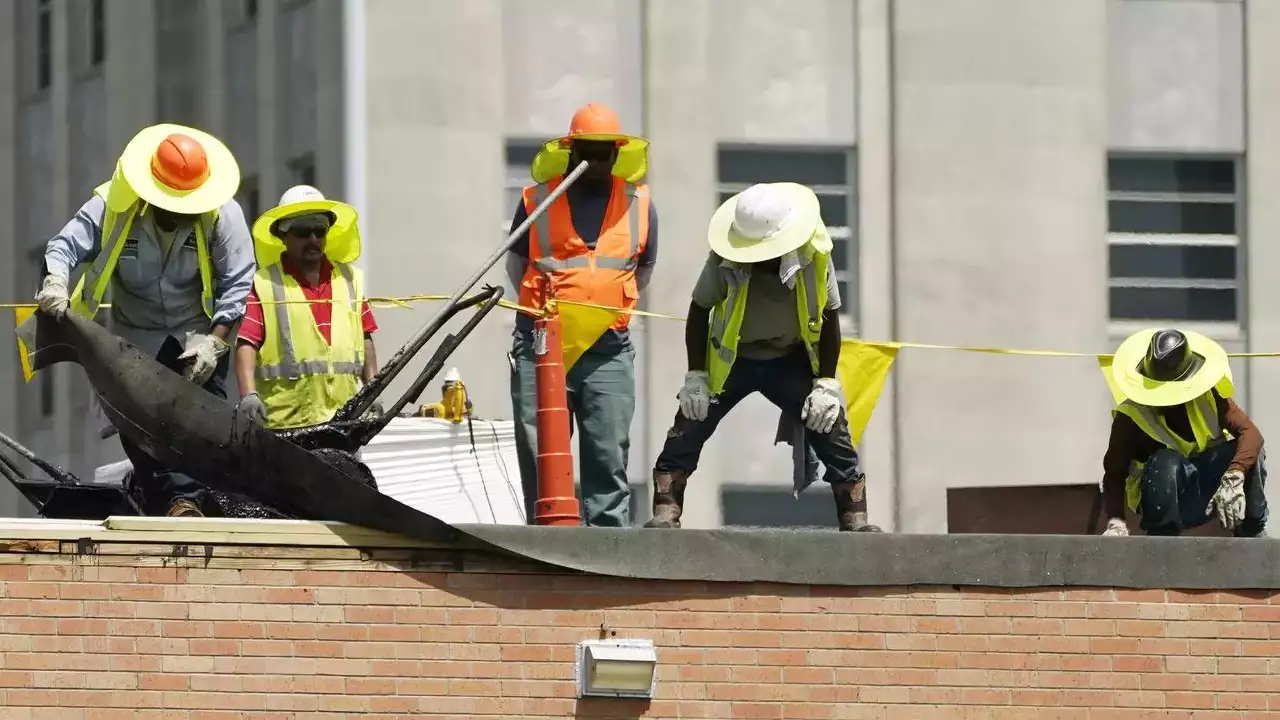As a storm system that wreaked havoc across the central U.S., leaving a trail of destruction and claiming lives, moved towards the Gulf Coast, states braced for severe weather threats. Meanwhile, along the East Coast, record-breaking heat loomed, with temperatures expected to soar.

Impact on Gulf Coast States
Southeast Texas and southwest Louisiana faced powerful thunderstorms, posing risks of damaging wind gusts, large hail, and flash floods. The National Weather Service warned of up to 2 to 3 inches of rain per hour in some areas, prompting road closures and flooding that disrupted daily life, including commute routes and school schedules.
Challenges and Recovery Efforts
With thousands of homes and businesses without power in Texas, Louisiana, Oklahoma, and Arkansas, recovery efforts were underway following the weekend’s devastating storms. From flooded highways to abandoned vehicles overtaken by floodwaters, communities grappled with the aftermath, while authorities urged caution and minimized unnecessary travel due to the high risk of roadway flooding.
Record Heat Grips the East
As the central and southern U.S. navigated through severe weather conditions, the East Coast prepared for potentially record-breaking heat. Forecasters predicted temperatures well above average, with highs in the 80s to low 90s. Washington, D.C., Philadelphia, and Baltimore faced the possibility of tying or breaking high-temperature records, marking Monday as one of the warmest days of the year in the mid-Atlantic.
Recovery efforts commenced in cities and communities across the central U.S. after the storm system unleashed a barrage of tornadoes, claiming lives and leaving widespread destruction in its wake. With scores of tornado warnings issued and numerous injuries reported, states like Oklahoma grappled with the aftermath, while federal and state authorities collaborated to provide aid and support for affected areas.
